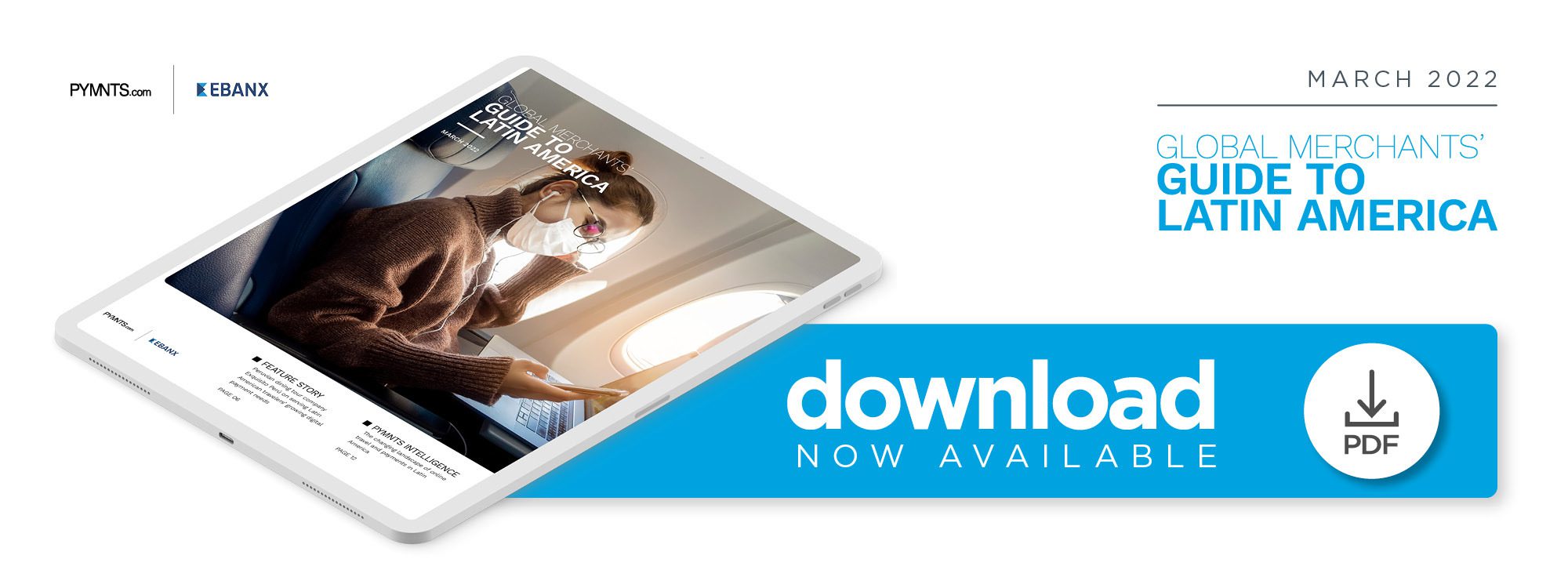Exquisito Perú on Serving Latin American Travelers’ Growing Digital Payment Needs

Latin American consumers are ready to tour and travel once again, only now they insist on taking digital and mobile payments along for the ride. In the Global Merchants’ Guide To Latin America, Jessy Caiado, co-founder of Peruvian dining tour company Exquisito Perú, explains how travel merchants can satisfy the region’s increasingly mobile-first consumers with QR code-based payments.
The pandemic has changed many aspects of consumers’ lives, not the least of which are their travel and payment habits. This change is becoming increasingly evident in Latin America, where travel previously had been a source of growth for the region. The global health crisis delivered severe blows to the industry at the beginning of 2020; however, the industry is now recovering from the fallout.
Companies that have managed to weather the turbulence have witnessed a large-scale realignment in the travel space, said Jessy Caiado, co-founder of Exquisito Perú, a small business specializing in food-themed tours in Peru. The company, which launched in 2017, witnessed firsthand the ensuing transformation in the Latin American tourism and payments spaces.
“A lot of companies or individuals just stopped doing business,” he said. “There are lots of smaller players that are not here anymore.”
As the number of tourists slowed and anxieties around the pandemic grew, an increasing number of small business employees reconsidered their plans and switched to industries with more secure jobs, altering the Latin American travel landscape. Caiado said this evolution has heralded a significant transformation in the region’s payments space for the businesses that remained.
Latin America Travel Industry Payments Go Digital
Caiado said Exquisito Perú has accepted credit cards from the beginning but moved to being entirely cashless once the pandemic began. Still, payments processing has long been an obstacle, he explained, as Peruvian payments processers often incorrectly flag foreign credit card payments as fraudulent. Many payment gateways also became more restrictive toward the end of 2020 due to increased levels of fraud, blocking legitimate payments from being processed.
“We were getting payments rejected for no reason,” he explained. “At least in Peru, when it comes to accepting foreign credit cards, I think in terms of fraud assessment there’s a lot of work to do still.”
Finding a reliable processing partner solved some of these frictions, but several remain. Apple Pay and Google Pay are not yet available in Peru, Caiado said, which eliminates some of the most well-known digital wallets from the payments equation. In particular, Peruvian and other LatAm consumers are accustomed to using secure wire transfers rather than credit cards, though he said they are becoming comfortable paying online.
Still, a few new payment methods are making headway across the region, especially mobile solutions. Caiado said Exquisito Perú has established partnerships with local hotels in which the hotels display the company’s offerings along with QR codes, allowing travelers to browse, book and pay for tours. He said this has been beneficial because Latin American consumers are becoming more accustomed to using apps and mobile phones to place orders, make payments or obtain more information on products and services.
“If we look at Google Analytics, we see an uptick in mobile bookings by nearly 25%,” Caiado noted.
Emerging Travel Trends in Latin America
Cancellations and delays have become an unfortunate reality for travelers during the past two years. Caiado said this has prompted many consumers to prefer booking travel arrangements through larger, more established online travel agencies, rather than engaging in direct booking.
“If something goes wrong in terms of flights being canceled or borders closing, [consumers] feel it will be easier to reschedule or get a refund if they book through a more trusted website than a small tour operator,” he said.
Caiado also said the trend of “hassle-free” trips is on the upswing. Trips that focus on offering off-the-beaten-track or authentic engagement are especially popular today, though travelers prefer having the details of these experiences planned for them.
“I think this will be increasingly important in the next five years,” he said. “People are becoming increasingly mindful of their time. They want things to be very easy and very fast.”
Speed, security, safety and ease of payment are the most important considerations for LatAm consumers in the current travel market, and there is no indication these will fade in importance any time soon. Travel industry businesses that can solve the payment frictions the region’s consumers face and lean on the mobile payment tools that are becoming increasingly popular stand to win business for everything from flights and bookings to food tastings in the years ahead.
